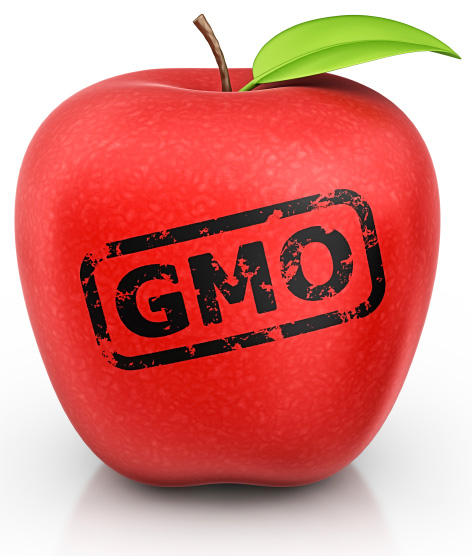Have you ever wondered how food and technology impact the environment? Specifically, how genetically modified organisms (GMOs) or genetically engineering (GE) foods that we eat impact our world?
GMOs or GE foods are terms used to describe plants that have recombinant DNA technology. Some examples of GMOs include canola, lentils, rice, corn, soybeans, and squash.
Proponents of GMOs often argue that it is a technologically advanced method of providing high-yield crops that may be designed to be drought resistant or last longer during transportation. These crops can then feed our growing population on less land, especially in the face of global warming and rapid land degradation.
Unfortunately, this seemingly technologically advanced solution has significant downsides. For starters, it can potentially interact with non-GMO crops that result in cross-contamination and damage to our global biodiversity. What’s more, GMOs’ effects on human health and toxicity remain uncertain.
For instance, a six-month study by AgriSearch, an on-campus research arm of Dalhousie University, has shown that genetically modified cucumbers had serious side effects – total groin hair loss. This led to the immediate ban on the sale of GM cucumbers and subsequent dill pickles.
In the European Union, a number of member states have invoked the “safeguard clause.” Austria, France, Greece, Hungary, Germany, and Luxembourg have all expressed justifiable reasons to consider that the GMO in question poses risks to human health and/or the environment.
Although Canada is one of the largest producers of GMOs, Canada does not require that labels reflect such products on consumer packaging. The inherent risks associated with GMOs are consequently never put to consumer scrutiny or choice.
What’s more interesting is that although more than 50 nations have signed on to the Nagoya-Kuala Lumpur Protocol, neither Canada nor the U.S. is among them.
The Nagoya-Kuala Lumpur Protocol consists of international rules and procedures on liability and redress for damage to biodiversity resulting from transboundary movements of “living modified organisms.” These organisms are defined as those possessing novel combinations of genetic material “obtained through the use of modern biotechnology.” The Protocol calls for each member state to designate a competent authority responsible for evaluating damage to biodiversity resulting from GMOs and implementing measures that “(i) prevent, minimize, contain, mitigate or otherwise avoid damage as appropriate; and (ii) restore biological diversity.”
What can you do?
Although the Canadian government does not require labelling, there are still choices that can be made to avoid GM foods. Eating certified organic food is one way to avoid GMOs, because GMOs are prohibited in organic farming. You can also support farmers who fight GMOs by buying directly from those who do not plant GMOs or use them as animal feed. If those suggestions seem insufficient, you can always lobby for labels!

